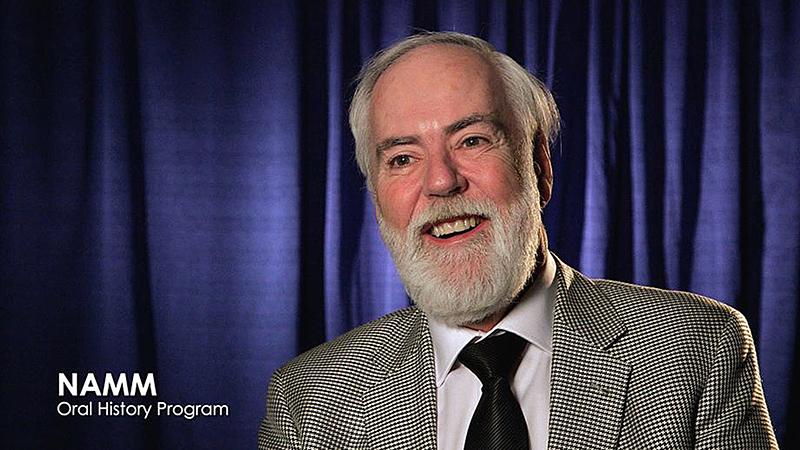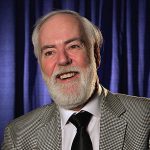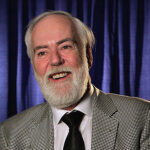
Well, it might not be exactly today, but February of 2000 saw the first issue of PLSN — or as it was called at first, Pro Lights & Staging News. Time really does fly when you’re having fun.
For you entrepreneurs out there (or would-be entrepreneurs), the idea of PLSN first popped in to my mind back when I was working at Performance magazine in 1991 — which just goes to show the gestation period for a good idea can take quite a while. (The idea is always the easy part).
The idea of PLSN stayed in my mind for years while I worked at another pretty famous trade magazine for the recording industry called MIX. I have always given MIX the credit for giving me my “master’s degree” in publishing, allowing me to know the advanced art of running a monthly magazine.
So, after a year of planning, research, and the writing of an 81-page business plan, I quit my job at the end of November 1999. Media kits went into the mail the first week of December, and the first issue hit the press the first of February. 240 issues later, here we are!
›› From Upstart to Industry Leader
What was it about PLSN that allowed it to take on several established publications and survive? There were several things about PLSN that immediately distinguished itself in the market. Unlike the other magazines, PLSN was a free magazine. We wanted anyone who could possibly be buying lighting products to get the magazine. For our advertisers, we joined a circulation auditing service so they would be assured we were going to the 20,000 subscribers we told them we were going to. Most importantly, our editorial philosophy struck a chord with the industry.
I decided early on that PLSN would be solely about visual presentation. I proudly declared there would be no audio in the magazine. (Lighting guys/gals couldn’t give a &*^% about audio.) Also, I wanted to make PLSN inclusive. I wanted to have short stories — and a lot of them — rather than a magazine that went page after page, droning on about the same production. We also wanted to write about productions at all levels: corporate, touring, worship, regional theater across the country, and just not in the Northeast. The industry took to this philosophy. So here I sit, writing to you today.
After 20 years, I often wonder about the impact we’ve had on people’s lives. There have been so many times at tradeshows when individuals have come up to us and told us how important PLSN has been in their professional development. On the technology side, the awareness of new products introduced into the marketplace that were first seen in PLSN is primary to our success. In fact, learning about new products is the number-one reason that people read PLSN, as we learned from our reader surveys.
Of course, this has not been a one-man show. There have been a myriad of individuals and personalities who have made it happen, including people you know about from reading their bylines, others you know if you’re an advertiser, and some who are the internal glue that keeps the whole thing together. I would love to list them all, but I don’t think I have enough room on this page to accomplish that. They know who they are and how much they are appreciated.
A generation of entertainment technologists has now grown up with PLSN. Everyone with the magazine knows we have an obligation to the industry to keep providing our companies and technologists with the information they need to help them grow and move the industry forward. As we have the past 20 years, you can rest assured we will not let you down moving forward into the next 20 years.
Personally, I truly can’t thank you enough for allowing us to be a part of your professional life.
To view the edited and full versions of NAMM’s Oral History interview with Terry Lowe, go to www.namm.org/library/oral-history/terry-lowe.


